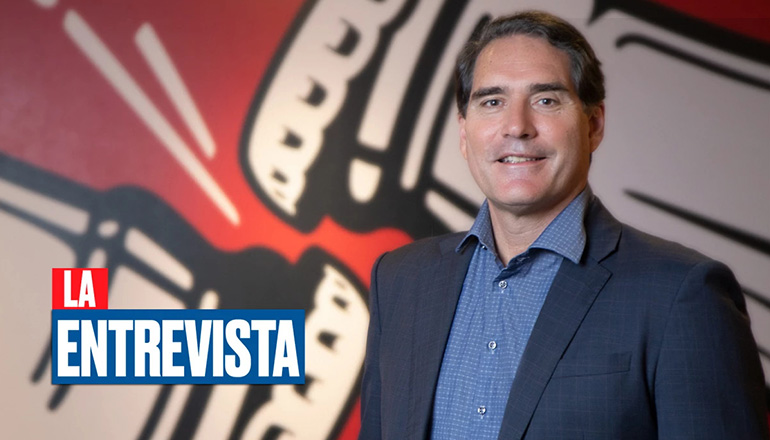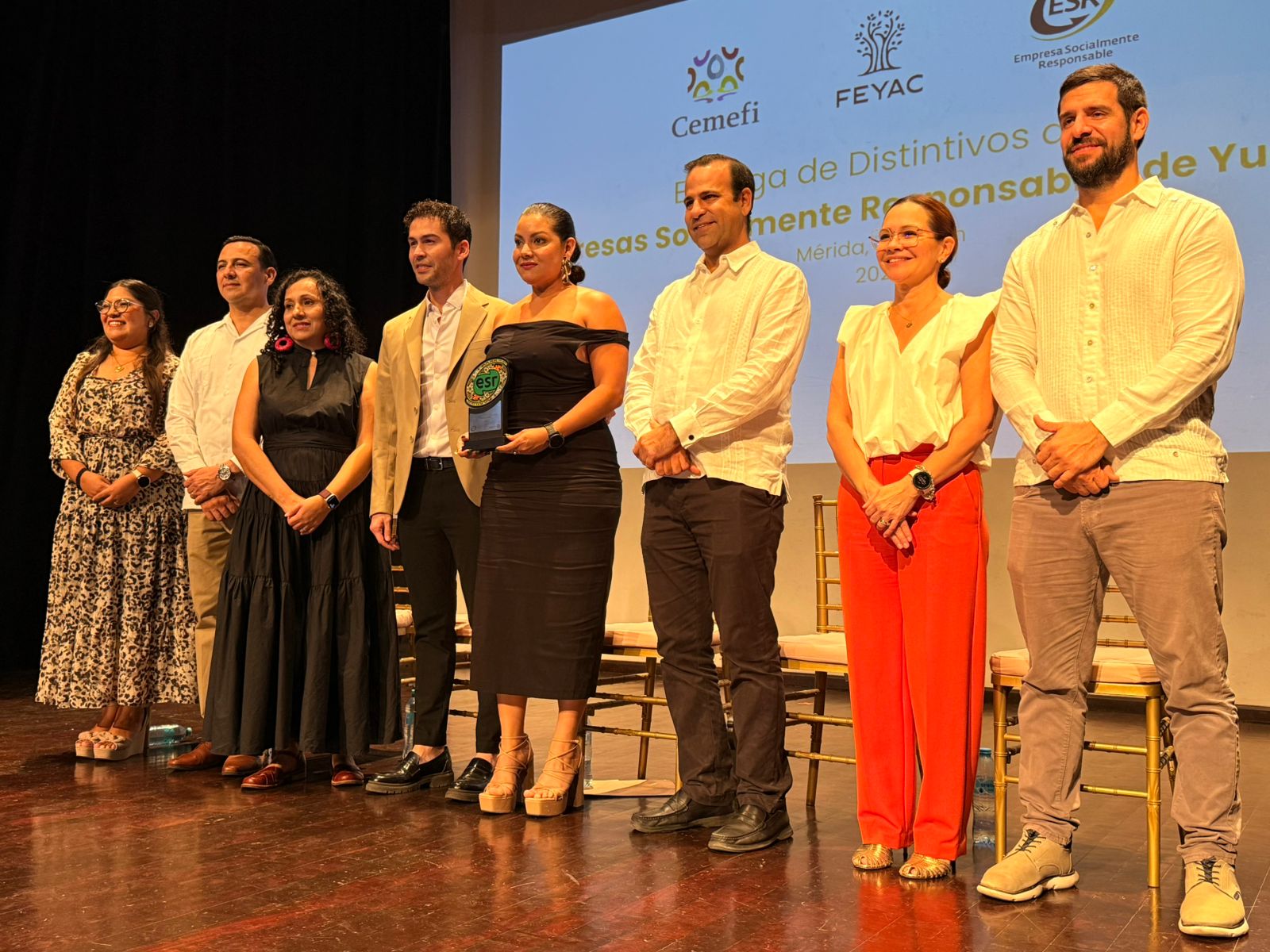If there's one thing that characterizes Latin American commerce, it's the neighborhood store. For consumer goods companies, they're a key point of sale.
At Bepensa, as part of the Mexican Coca-Cola Industry We know it's the traditional channel and represents approximately 63% of our gross commercial revenue in Mexico. So, when the pandemic threatened to close these businesses, unable to withstand the drop in sales due to reduced mobility, we knew we needed to act.
The company has invested 5 billion pesos in this channel in the country. "It was very important to have this level of participation. If we hadn't made this investment during this period, we would surely have lost more," says Henrique Braun, president of Coca-Cola for Latin America.
Last year, the Economic Commission for Latin America and the Caribbean (ECLAC) estimated that the pandemic would lead to the closure of around 1.4 million businesses in the region, especially small ones. In Mexico, the National Association of Small Merchants (ANPEC) reports that at least 300,000 grocery stores closed their doors in 2020, a year in which the sector registered a 30% drop in sales. And, although at least a third of the lost businesses have been reactivated, small businesses still face challenges, such as inflationary pressures.
How did the company work with the traditional channel?
The support that began with the pandemic is an evolution of everything we've done for years with this channel, which is so important to us. Small shops, throughout Latin America, are the heart of many of our operations. And during the pandemic, it became abundantly clear that this was the channel that suffered the most. In Mexico, it represents nearly 60% of our business, and within the Mexican economy, we also know the importance of this channel, because many are run by women, responsible mothers, or entire families.
The campaign we're running in Latin America aims to combine the lessons we've learned to date from these programs, from the most critical care level to biosafety, from how to reopen our doors, how to provide credit to those without credit, how to help them rethink and restart their businesses and continue to evolve. Because many things have changed during that period. One of them is the digital transformation, which has helped us have much more direct support and contact on several fronts, not just with the sales team. It's a platform where small shops can access information, know how to seek help, and provide training, and it allows Coca-Cola and other partners to be more connected with small shops. It's a 2.0 version of what we were doing.
Did financial support increase during the pandemic?
Yes, we've invested 5 billion pesos in this channel in Mexico. This level of participation was very important because it helped them stay in business. If we hadn't made this level of investment during this period, we would have likely lost more. And in some places, we learned that, during a pandemic, seeking support on multiple fronts is important. In several Latin American locations, we created industry associations beyond the Mexican Coca-Cola Industry. Competitors came together to support this channel.
You mentioned that without this investment, the company would have lost more. How do you integrate these types of aid programs into your business strategy?
The business is about adding value to all components of the chain. The consumer must be happy with the products and the experience they have in the store. Our customers must be happy with what we carry to serve their customers; we grow together. And I think the great achievement was listening closely to consumers and customers: what products and services we can help with and continuing to adapt and evolve our value propositions. We are significantly accelerating digitalization. In Latin America, around half of customers have the digital platform as support, in addition to the existing support from sales teams. And that allows you to add much better service value, because you have 24-hour access to place an order and you can do so more efficiently.
Was this digitalization complicated for small shops? Because even for some large companies, it was a significant leap.
I think this was the most important achievement: listening to what they needed. Before being here, I spent four years as president of China and Korea, and the digital transformation had already taken place. Looking at Latin America, I have no doubt that after the pandemic, with everything that happened, the transformation is already there. There was a huge adaptation in the retail channel. And for many, the first step may be a chatbot, because the shopkeeper uses WhatsApp. And so we began, with incremental digitalization modules to provide these customers with better service.
You talked about the importance of adapting to the needs of the channel. How will the relationship with small stores evolve?
The beauty of digital transformation is that you can't predict the future. What you can do is make it a constant evolution and rapid adaptation. Our vision addresses three main points: training, which is essential; the digitalization of operations, because the relationship with the seller remains the same, but it will be more efficient because you'll have more time to discuss other topics with customers; and sustainability, which is extremely important, for education and for data. There's a zero-waste store project; we're just beginning to see how best to accelerate it at scale. Digitalization also allows you to obtain data more quickly for this.
In our adaptation to the times we live in, we have learned a lot together, and most importantly, we know that when we join forces, we can move forward.



